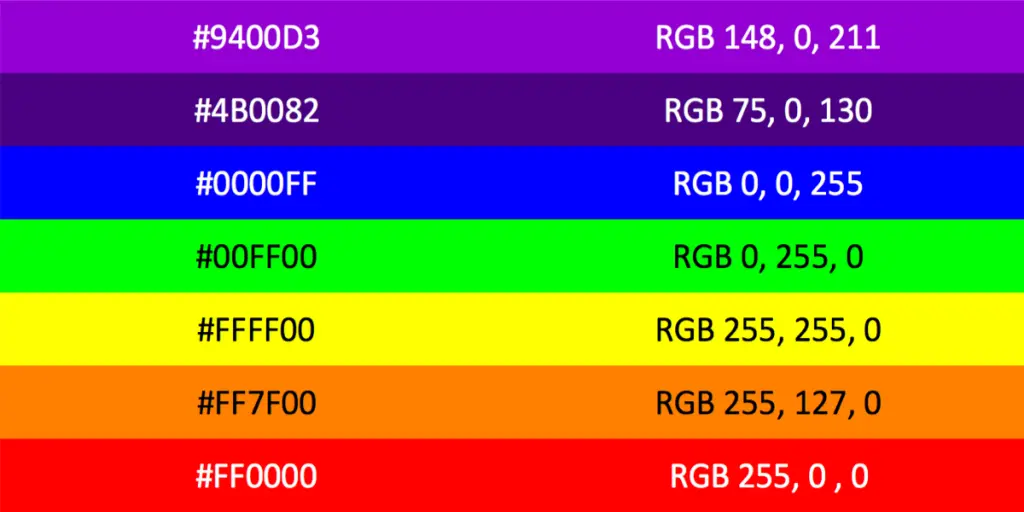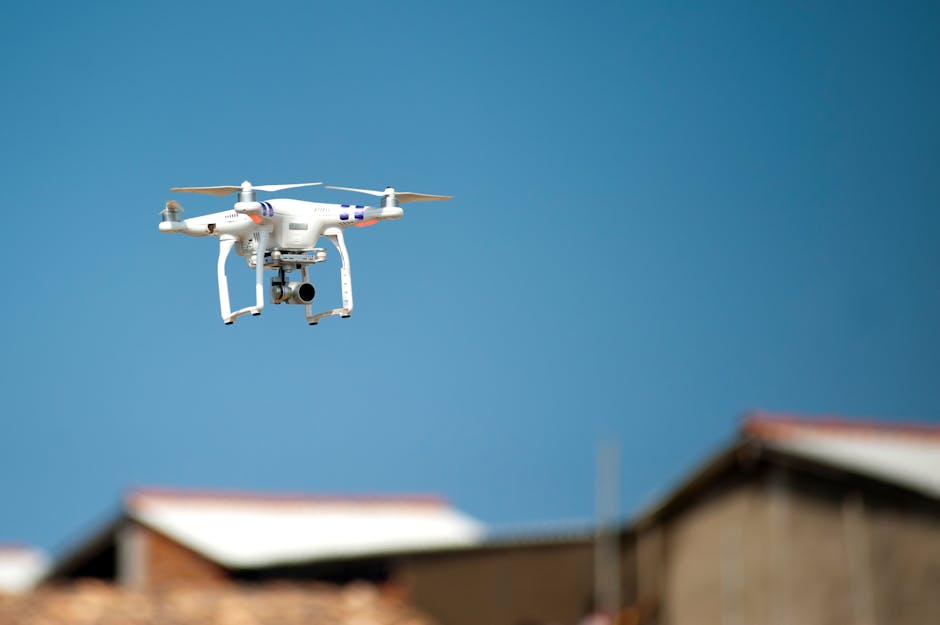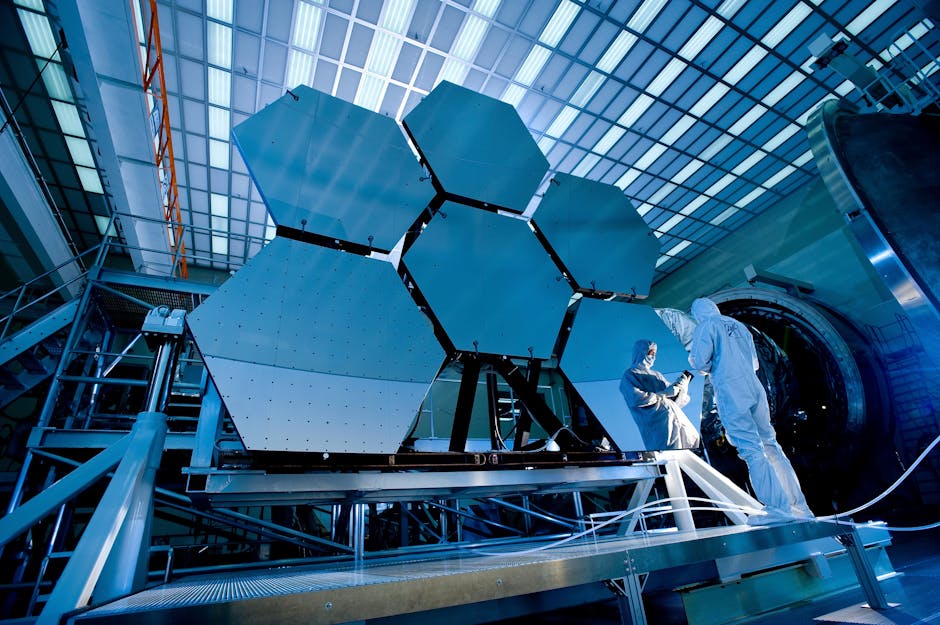What computer vision is – a non technical explanation
Computer vision is to teach computers how to see.
Sounds simple, but is one of the most complex, relevant and amazing group of technologies that are changing the world at an incredibly speed.
Understand scenes, reconstructing 3d objects, recognizing objects, avoiding obstacles, help blind people to see, identifying clinical trials, counting pedestrians, recognizing vehicles and license plates, and other cool stuff, are skills that the computers of today, are learning every day, through image and video training, and yes, they are (a lot) better than us.
Computer Vision technologies use Machine Learning, Geometry and Applied Math to do its magic.
The appearance of new products and services with commercial validation stimulated large amounts of capital for investment, purchase and development of these solutions.
The term Computer Vision gain popularity in the recent past years thanks to media platforms like Forbes, TechCrunch, Bloomberg, Hacker Noon, New York Times, Tech Verge, among others relevant influencers, that observe the disruptive potential that this products have.
However, these kinds of technologies have impacted the world more than once, for example:
Barcode Scanning.
Stabilize video from cameras.
Help cameras see faces so they are not blurry.
But now computers are getting a lot better in to know what’s going on in a video or photo.
How it works?
The image is really just an array of numbers. If it is color, it would be three arrays of numbers.
So the computer has to learn what this array of numbers really are. This is obviously a super short explanation of how it works. The next entries of the blog will amplify the technical explanation of this field.
At 2017 computers are solving technical problems like .
Where are objects of interest?
What are they?
What is the 3d dimension of something?
How to track or alignment different objects at the same time?
How to make you look popular in your dog or princess version?
The possibilities are endless.
With computer vision, robots can tell us things about the world that we can’t or haven’t seen. It can amplify what we know about reality, can optimize administration of cities, identify cancer diagnosis at a better rate that humans, solve traffic problems or spot liars.
Personally, I think that the most exciting possibilities, is the improvements in gathering and treatment of information in research, thanks to the data outputs of computer vision, machine learning and big data technologies.
This can significantly optimize the quality and production of science, law making, products and services.










